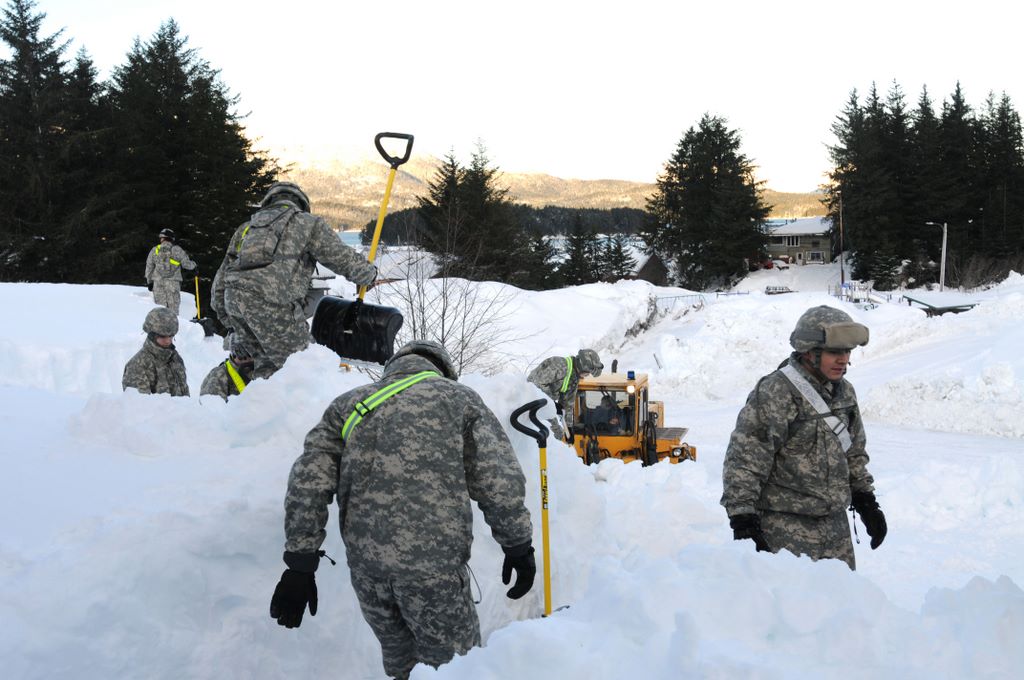Anchorage Smashes Snow Record


Winter is just beginning to pick up across most of the United States, but Anchorage, Alaska, has already seen a heavy dose of it, smashing a winter record.
After a jaw-dropping blizzard on Monday (Jan. 9), a record-breaking 81.3 inches (207 centimeters) of snow has fallen in Anchorage this winter, the National Weather Service (NWS) said today (Jan. 12). That's nearly 7 feet (2.1 meters) of snow.
The total is a new record for most snow from July to Jan. 11. This year's total so far is nearly double what Anchorage usually receives by that date — certainly not the wimpy winter the rest of the country has had. The new record is 4 inches more than the previous record, set in 1977.
Every time a snowmaking storm has blow into the Prince William Sound this year, Anchorage has been in the bullseye for snowfall.
"It just seems like the storm track has been perfect for us each time," said meteorologist Dave Stricklan, of the Anchorage NWS office.
The snow isn't finished yet: Between 9 and 18 more inches (23 and 46 cm) of snow is forecast for Anchorage from late tonight through Thursday (Jan. 13). [The Snowiest Places on Earth]
This big storm earlier this week was created by a low-pressure system settling into Prince William Sound. That brought the moisture, which then mixed with cold wind from a high-pressure system.
Get the world’s most fascinating discoveries delivered straight to your inbox.
"It really makes a good snow producer," Stricklan told OurAmazingPlanet.
The snow has been so heavy in the nearby town of Cordova that an emergency shipment of heavy-duty shovels was needed. A small Alaskan fishing village called Maine Bay has had more than 100 inches (254 cm) of snow in the first 11 days of January, Stricklan said.
This week's snowy system hasn't affected Nome, Alaska, in the far northwest part of the state, but they've been faced with another wintry problem. The 3,500 people in Nome are low on fuel after a massive storm swept their final winter shipment of fuel out to sea.
A Russian fuel tanker, guided by a Coast Guard icebreaker, is about 75 miles (121 kilometers) away from Nome, but it's creeping through the frozen Bering Sea. The ice is so thick that a smoke-detector-size drone is flying ahead to take pictures of the ice so the captains can chart the best course.
The ice has been so thick and ocean currents so strong that the vessels advanced just 9 miles (14 km)before drifting back with the ice for 3 miles (4.8 km), reported the Anchorage Daily News. The fuel tanker has a mile-long hose to pour 1.3-million gallons of fuel into Nome.
You can follow OurAmazingPlanet staff writer Brett Israel on Twitter: @btisrael. Follow OurAmazingPlanet for the latest in Earth science and exploration news on Twitter @OAPlanet and on Facebook.


